Afghanistan’s linguistic landscape is as diverse as its culture, with a rich tapestry of dialects and languages spoken across the country. Dari and Pashto are the two official languages, but many regional dialects add complexity to communication. For businesses, organizations, and individuals seeking to engage with Afghan communities effectively, understanding these linguistic nuances is key. Here’s how to bridge language gaps and ensure meaningful connections in Afghanistan.
The Linguistic Diversity of Afghanistan
-
Dari and Pashto:
-
Dari, a dialect of Persian, is widely spoken in urban areas and serves as the lingua franca of Afghanistan. It’s the primary language for government, education, and formal communication.
-
Pashto is predominantly spoken in the southern and eastern regions and holds significant cultural and literary importance.
-
-
Regional Dialects:
-
Beyond Dari and Pashto, Afghanistan is home to numerous minority languages, such as Uzbek, Turkmen, Balochi, and Hazaragi. Each language reflects the distinct heritage of its speakers.
-
Dialects within Dari and Pashto also vary by region, requiring careful attention to local linguistic preferences.
-
Why Effective Communication Matters
-
Building Trust: Speaking someone’s native dialect fosters trust and shows respect for their identity and culture.
-
Avoiding Miscommunication: Linguistic misunderstandings can lead to conflicts or misinterpretations, especially in sensitive contexts like humanitarian aid or business negotiations.
-
Facilitating Inclusion: Effective communication ensures that all voices are heard, promoting inclusivity and collaboration.
